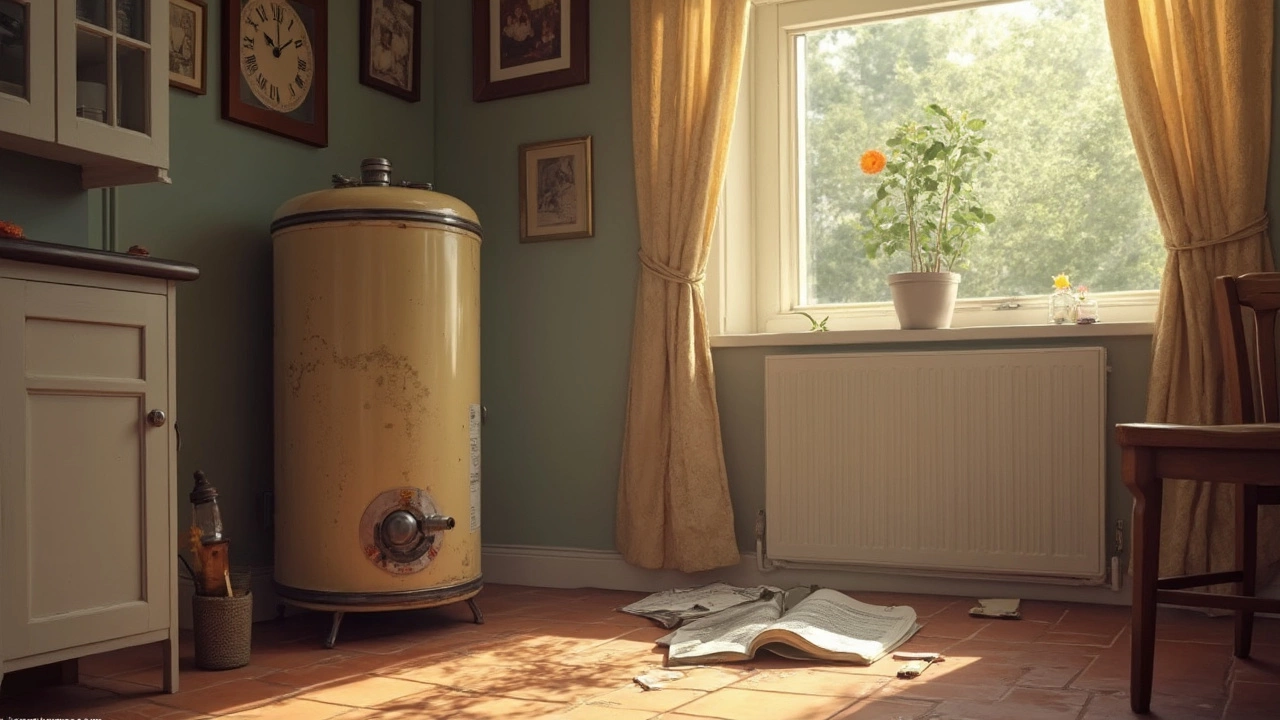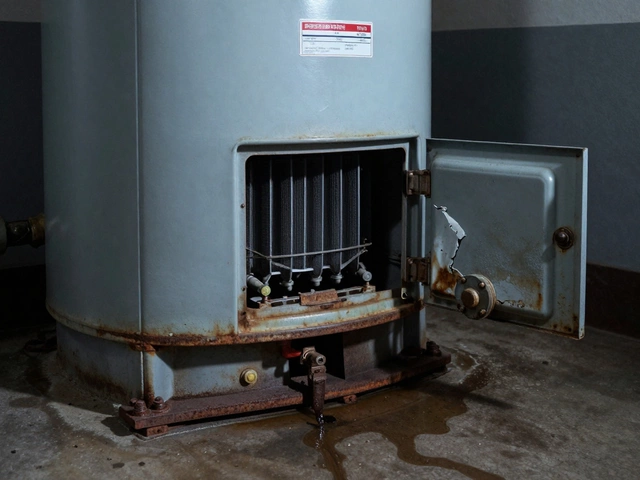Leak Detection Tips for Home Appliances
Noticing a damp floor, a puddle behind the fridge, or a steady drip from the washing machine? That’s a leak trying to tell you something. Acting fast can save water, lower bills, and stop damage to walls or flooring. Below are the most useful steps to spot, test, and fix leaks before they become costly problems.
Common Signs Your Appliances Are Leaking
Every appliance leaks a little differently. Here are the tell‑tale clues:
- Washing machine: Water pooling around the tub, rust spots on the floor, or a musty smell.
- Dishwasher: A wet base, water under the kitchen cabinets, or dishes that stay damp.
- Refrigerator or freezer: Ice buildup inside the freezer, a wet spot on the floor, or a constantly running compressor.
- Water heater: Drips from the top, a wet wall, or a sudden loss of hot water.
When you see any of these, it’s time to locate the source.
Step‑by‑Step Leak Detection Guide
1. Turn off the power and water. Safety first—switch off the appliance’s electricity and shut the water supply if you can. This prevents electrical shock and stops more water from escaping.
2. Dry the area. Use towels or a mop to dry the surrounding floor. A dry surface makes fresh wet spots easier to notice.
3. Use the "paper towel test." Place a piece of paper towel under the appliance and leave it for an hour. If the towel is wet, the leak is coming from below.
4. Check hoses and connections. Look for cracks, loose clamps, or corrosion on the water inlet hoses. Tighten any loose fittings with a wrench; replace damaged hoses.
5. Inspect the drain pump. Many washers and dishwashers have a pump that can get clogged with debris. Remove the pump cover, clear any lint or food bits, and reinstall.
6. Run a short cycle. With the appliance re‑connected, run a quick wash or rinse cycle while watching the area. Note where the water first appears—that's your leak point.
7. Test the door seals. For fridges and dishwashers, a faulty seal lets moisture escape. Close the door on a dollar bill; if it slides out easily, replace the gasket.
If after these steps you still can’t find the leak, it might be an internal component like a cracked tub or a faulty valve. Those parts usually need a professional’s touch.
When to Call a Pro
DIY fixes work for most hose or seal issues, but call Hinckley Home Appliance Repair Services if you see any of the following:
- Water leaking from the back of a fridge or from a sealed system.
- Persistent leaks after you’ve tightened hoses and replaced gaskets.
- Visible corrosion on internal metal parts.
- Complex problems like a broken compressor, water‑heater pressure valve, or a cracked washing‑machine tub.
Our technicians have the tools and experience to diagnose hidden leaks quickly, repair the faulty part, and test the appliance to ensure it’s leak‑free.
Spotting a leak early saves you time, money, and stress. Use the simple steps above for most household appliances, and remember that a professional is just a call away for the tough jobs. Keep your home dry and your appliances running smoothly with these practical leak detection tips.
7 March 2025
·
0 Comments
A leaking water heater is a common household problem that can lead to further damage if not addressed promptly. Understanding the most likely sources of leaks can help homeowners take preventive measures. This article explores common trouble spots in a water heater, useful tips for early detection, and practical steps to prevent leaks. Knowing these can save time, money, and reduce the risk of unexpected water damage at home.
Read more


